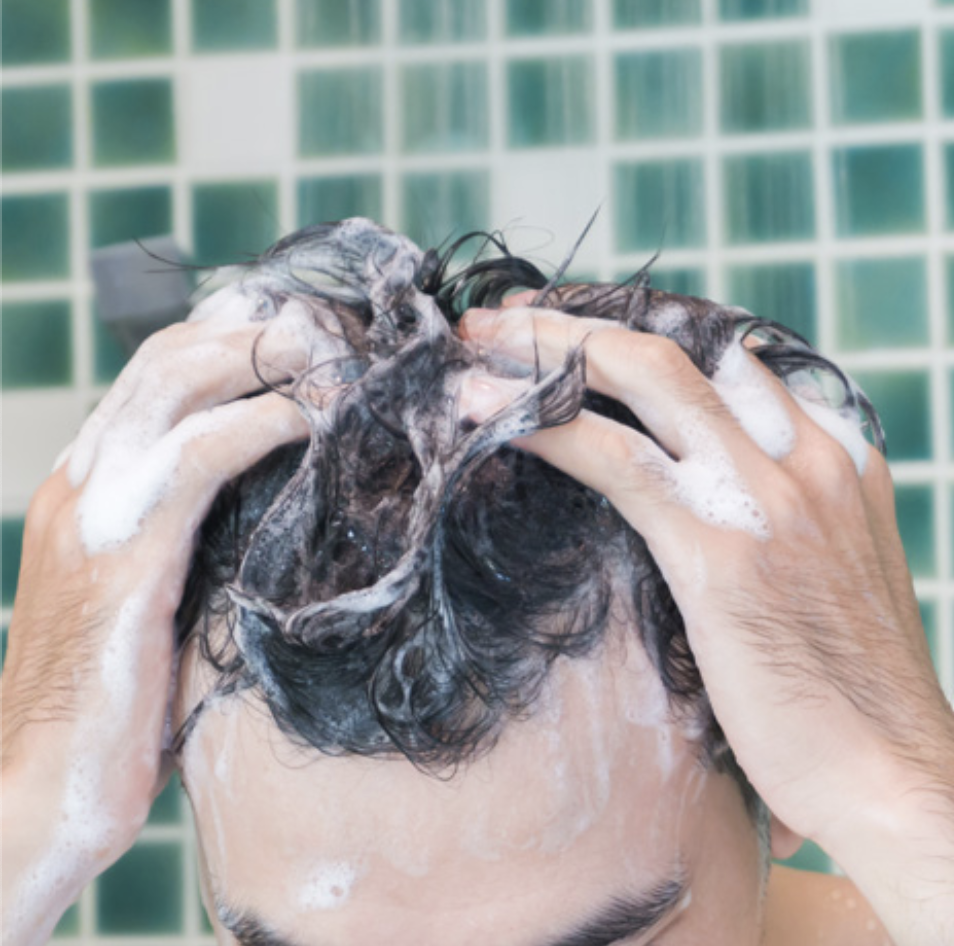Key Points/Overview
SLS has been an ingredient in shampoos since the 1930s. It works as a surfactant, trapping oil and dirt in hair so it can be rinsed away with water. SLS can help create a rich lather in products like body and hand wash, facial cleansers and bubble bath. SLS also helps create the foaming action in toothpaste and helps remove food particles from teeth.
SLS is an effective surfactant used in household cleaning products to help remove oily stains and residues. Because of its ability to break down oil and grease, SLS also is an ingredient in engine degreasers and industrial strength detergents.
As a food additive, SLS is used as an emulsifier or thickener and it helps acids mix better with liquids in fruit juices and punches, for example.
Multiple scientific bodies have reviewed SLS as an ingredient in personal care and cleaning products and determined its typical use in these applications to be safe for consumers and the environment.
Uses & Benefits
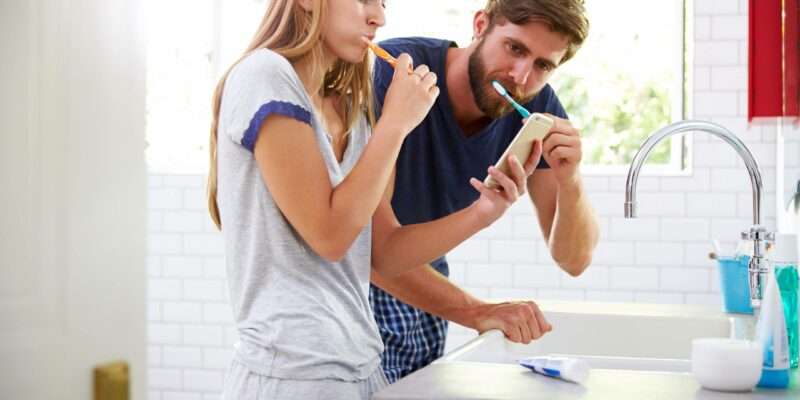
Personal Care Products
SLS has been an ingredient in shampoos since the 1930s. It works as a surfactant, trapping oil and dirt in hair so it can rinse away with water. An effective foaming agent, SLS can help create a rich lather in products like body and hand wash, facial cleansers and bubble. Likewise, SLS helps create the foaming action in toothpaste and also helps remove food particles from teeth.
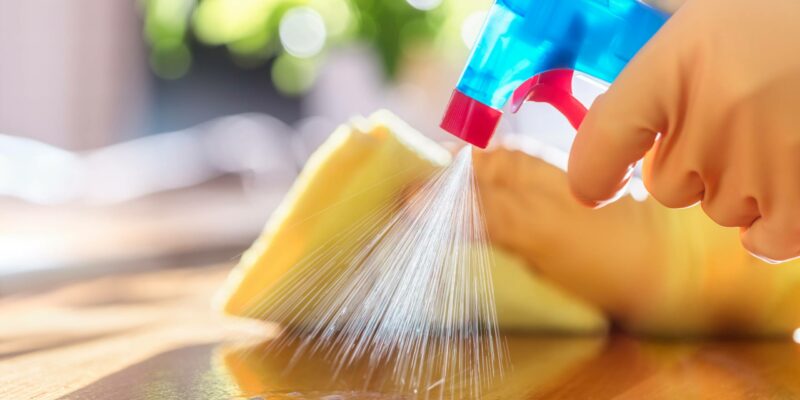
Cleaning Products
SLS is an effective surfactant used in household cleaning products to help remove oily stains and residues, such as food stains in carpets. Because of its ability to break down oil and grease, SLS also is an ingredient in many industrial cleaning products, such as engine degreasers and industrial strength detergents.
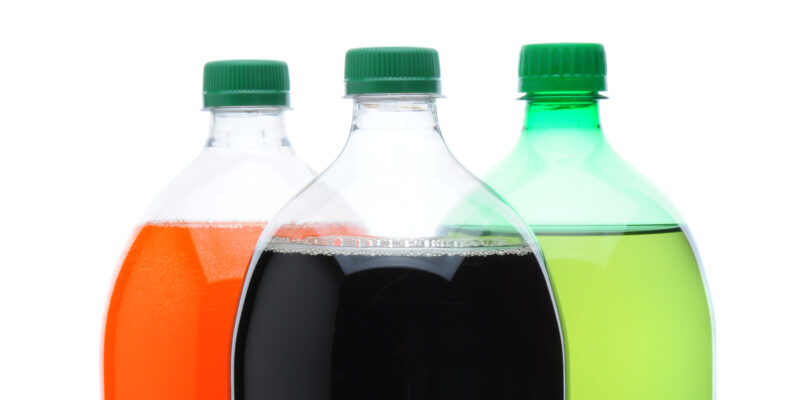
Food Additive
As a food additive, SLS is used as an emulsifier or thickener. For example, SLS helps make marshmallows and dried egg products light and fluffy. SLS also helps acids mix better with liquids, for example in fruit juices and punches.
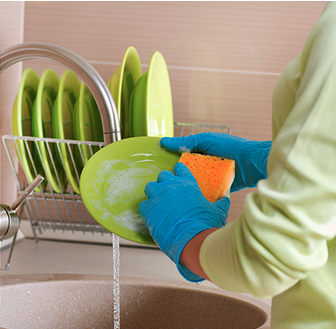
Safety Information
Common questions about the safety of SLS often stem from its use as an ingredient in both personal care products and household cleaners. Some believe that SLS is too harsh to safely use on skin, but claims that SLS is corrosive to the skin are inaccurate.1 While cleaning products containing SLS may have the potential to be skin irritants if not made properly, products that contain SLS are not necessarily irritating to the skin. According to a 2015 peer-reviewed study published in Environmental Health Insights, there is no scientific evidence to suggest that skin contact with SLS causes hair loss and no scientific evidence indicating that SLS is a carcinogen.
Multiple scientific bodies have reviewed SLS as an ingredient in personal care and cleaning products and determined its typical use in these applications to be safe for both consumers and the environment. The Cosmetic Ingredient Review (CIR)2, an independent expert scientific panel established by the Personal Care Products Council, has evaluated the scientific data and concluded that SLS is safe3 as used in personal care product formulations such as shampoo, a product designed for brief use and to be thoroughly rinsed from the skin and hair. In products intended for prolonged skin contact, the concentration of SLS in the product should not exceed 1 percent.
The U.S. Food and Drug Administration (FDA) includes SLS on its list of multipurpose additives allowed as a direct food additive.4
U.S. Environmental Protection Agency (EPA) regulations also states that small amounts of SLS residues from cleaning products may remain on food contact surfaces in public eating places, dairy-processing equipment and food-processing equipment and utensils.5
Sources
- National Library of Medicine: https://www.ncbi.nlm.nih.gov/pmc/articles/PMC4651417/
- Cosmetic Ingredient Review: https://www.cosmeticsinfo.org/safety-basics/cosmetic-ingredient-review-cir/
- Personal Care Products Council: https://www.cosmeticsinfo.org/hbi/sodium-lauryl-sulfate-and-sodium-laureth-sulfate/
- FDA: https://www.accessdata.fda.gov/scripts/cdrh/cfdocs/cfcfr/CFRSearch.cfm?fr=172.822
- EPA: https://www.federalregister.gov/documents/2009/08/12/E9-19314/sodium-lauryl-sulfate-exemption-from-the-requirement-of-a-tolerance
- EPA: https://www.epa.gov/saferchoice/safer-ingredients
- ADA: https://www.ada.org/en/member-center/oral-health-topics/toothpastes
- FTC: https://www.ftc.gov/sites/default/files/documents/federal_register_notices/guides-use-environmental-marketing-claims-green-guides/greenguidesfrn.pdf

